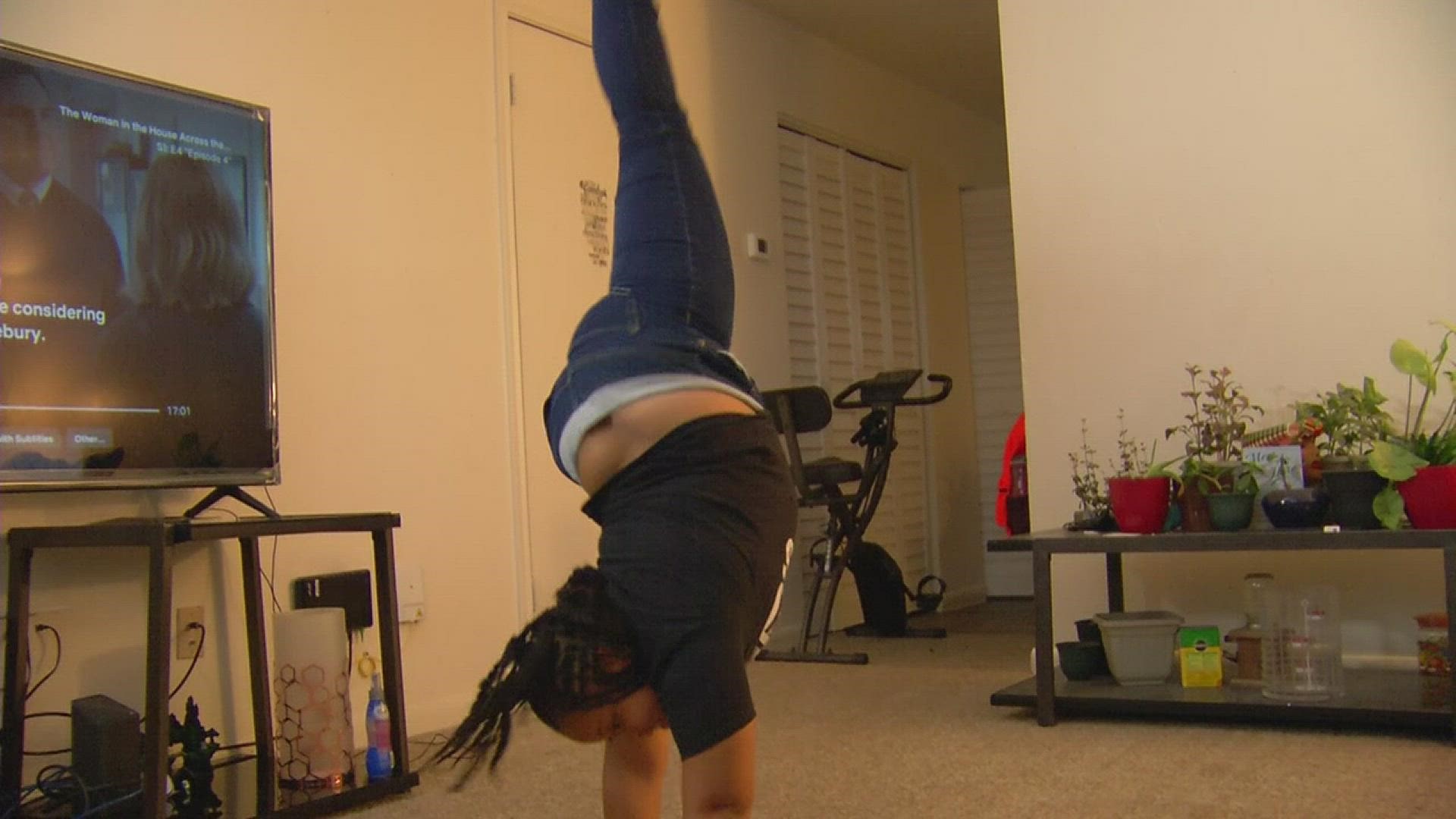MOLINE, Ill. — Editor's Note: The video shown above is from WQAD News 8's YOUR HEALTH series.
We are in the middle of spring and your allergies may be starting to ramp up. Allergies occur all year long and the time of the year determines which allergies will affect you. Since we are May, we are in the transition from spring allergies to the start of summer allergies.
In the spring, from February to May, tree pollen can cause allergy problems. The length and start of this season depend on when trees begin to blossom. If it remains cold for too long, then trees will not blossom until later — therefore allergy season starts later, or earlier if the bloom happens sooner.
A common misconception is that allergies start with the blossoming of flowers. Pollen that is spread by wind (anemophilous plants) is what affects us and how it gets into our eyes, nose, mouth and skin. Therefore, our exposure to pollen is from wind–pollinated plants instead of plants that are pollinated by bees which are usually eye-catching flowers. Trees are pollinated by the wind, which is not surprising that they are the springtime allergen.
In the late spring to summer, from May to July, grass pollen becomes the main allergen. Memorial Day is peak grass pollen season. Here in the Midwest, June/Kentucky Blue, Timothy, Orchard and Rye are the main sources of pollen. They peak at the end of May and last until June.
In July, when we experience our warm temperatures and dry conditions, we get a break from pollen. During this time, tree and grass pollen are not pollinating and with dry conditions, there are very low mold spores. Fall plants have not started pollinating yet.
As we head into the late summer to fall, from August to November, allergies return. During this time, weed pollen is the main source of your allergy problem. This pollen takes over because farmers are harvesting their crops. The term “hay fever” was coined due to the illness farmers got when they harvested hay and crops in the fall. Then it was discovered that their illness was because of ragweed that is sent into the air from harvesting their crops. Aug. 15 is known as the start of ragweed season by allergists.
During the fall, we start to see an increase in mold spores. This is because mold thrives in decomposing plant matter (fall leaving and dying plants are happening during this time) and their spores float into the air.
In the winter months, from December to February, for the most part, allergy sufferers can get another break. However, if you are allergic to mold you could experience some symptoms if we have a warm winter. Mold grows best above freezing temperatures and when it is damp. If these conditions are met there can be a spike in mold.
How the weather affects allergy symptoms:
- Tree, grass and ragweed pollen thrive during cool nights and warm days allergies act up more
- Mold grows quickly in heat and humidity
- Pollen levels tend to peak in the morning hours
- Rain washes pollen away but pollen counts can soar after rainfall
- One a day with no wind, airborne allergens are grounded
- When the day is windy and warm, pollen counts surge
How to prevent allergies:
- Keep windows and doors closed at night and use air conditioner
- Minimize outdoor activities early in the morning, between 5 a.m. and 10 a.m. when pollen counts are highest
- Keep windows closed when traveling
- Take a vacation where pollen is not prevalent such as the ocean
- Take medicine prescribed by your health care provider
- Don’t spend much time outside when the pollen count is high
- Don’t rake leaves during the pollen season
- If allergic to grass wear a mask when mowing the lawn or have someone else do it
- Don’t hang bedding or clothing outside to dry
- Get an allergy test to learn which allergies you're specifically allergic to

